Chatbots, when effectively deployed, can do more than reply to queries. They can proactively engage users, categorize queries, manage inbound conversations, and even upsell products. Much of this hinges on how well you've configured your bot triggers. In this guide, we'll delve into the two types of bot triggers and provide practical use-cases, example bot flows, and best practices to make the most of your bots.
Types of Bot Triggers
There are two primary types of triggers for bots:
- When a customer visits your site: This is primarily for customer outreach, engagement, and proactive support.
- When a customer opens the Messenger: The bot appears before the customer starts typing, helping manage inbound conversations.
1. When a Customer Visits Your Site
This trigger is excellent for proactive engagement and can be used for more than just answering questions. Here are some practical use-cases:
Upsell Customers: Encourage customers to explore more products or upgrade their existing service.
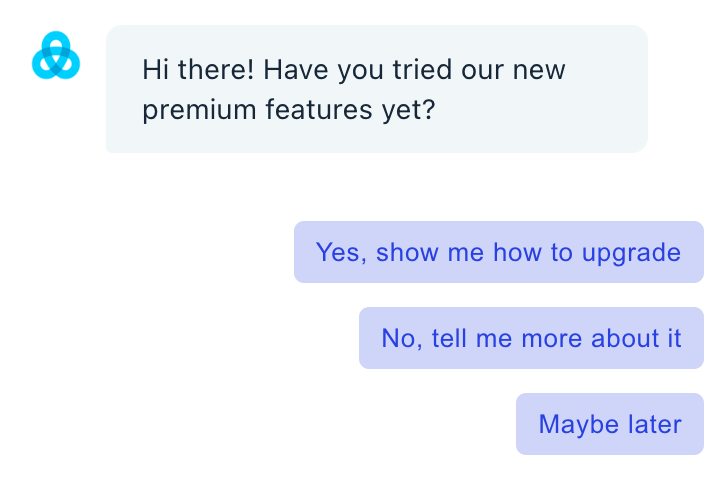
Provide Proactive Support: Identify users who might need help and provide assistance even before they ask for it.
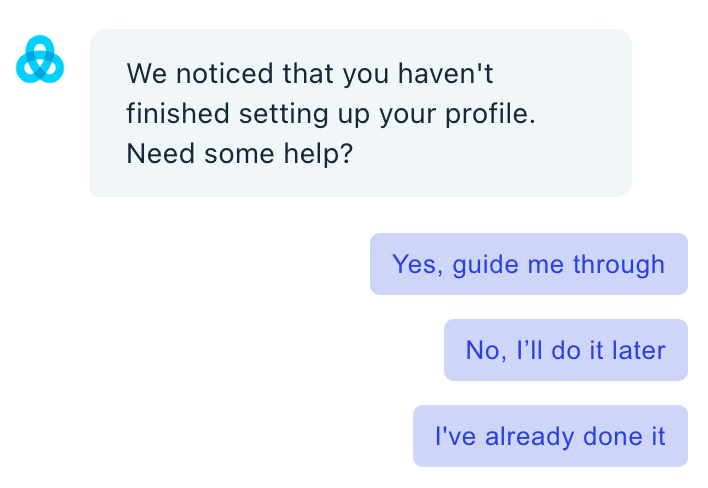
Announce Features: Make product announcements interactive and engaging, such as with a video bot.
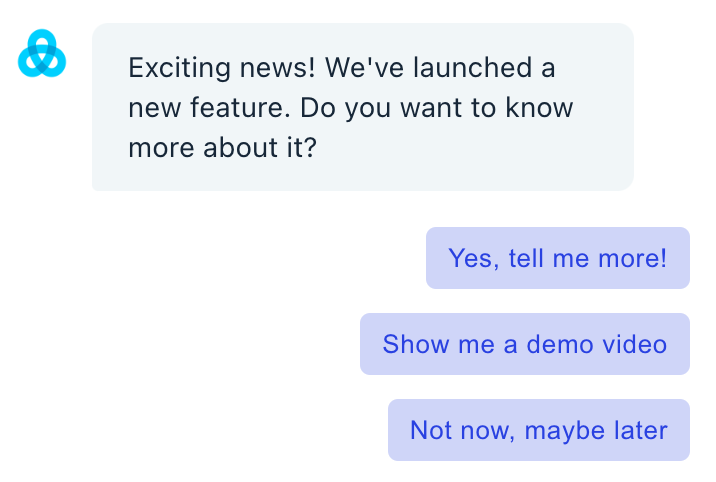
Self-Serve with External Data: Enable customers to track orders or reschedule deliveries via the bot.
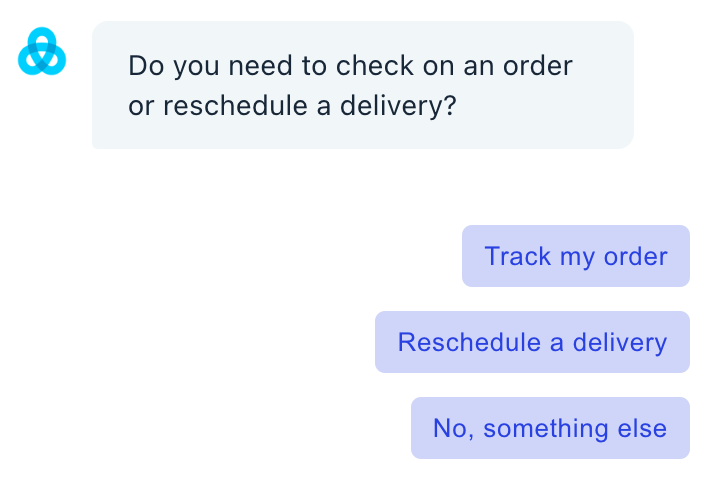
Book Meetings with High-Intent Customers: Invite users to book meetings automatically when they show interest, such as visiting your upgrade page.
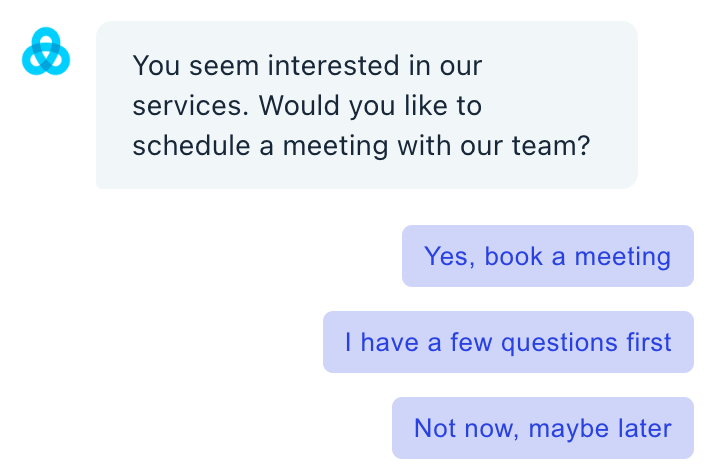
2. When a Customer Opens the Messenger
This trigger is particularly useful for managing inbound conversations and accelerating support by automating initial interactions.
High-Level Categorization: If your company offers multiple products or services, a bot can help customers identify the product they need help with, providing the teammate with valuable context.
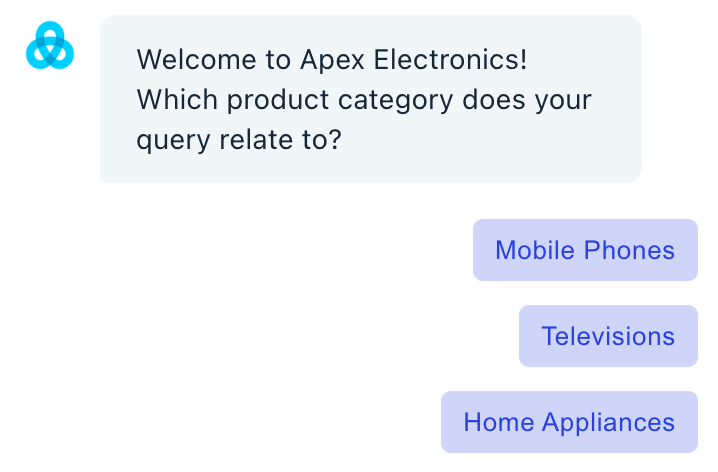
Surface Contextual Information: Address frequent queries proactively, especially during product changes, events, or outages.
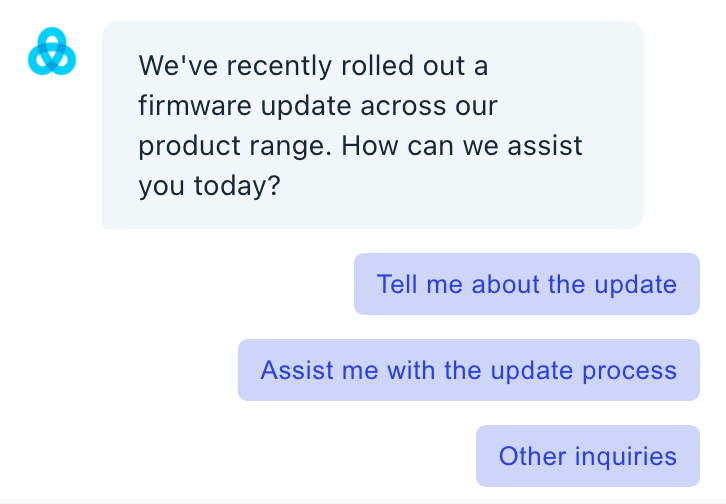
Best Practices for Using Bots for New Conversations
Here are a few additional tips to help optimize your use of new conversation bots:
Clearly define quick replies: Quick replies help users articulate their needs better and save your team's time. Remember to include an option for cases where your predefined replies do not match the customer's query.
Provide context-sensitive help: If your business deals with multiple products, services, or departments, configure your bot to first ascertain the context before trying to resolve the query. This ensures that the user gets accurate help, and it can save significant time.
- Create detailed bot flows: Spend time creating detailed bot flows that can handle various scenarios. Remember, a well-built bot flow can greatly enhance the user experience and act as a sales and support agent.
- Stay updated on events: Keep an eye on the factors that could lead to a sudden increase in certain queries, such as product updates or outages. Update your bots to handle such scenarios proactively.
Remember, chatbots are a powerful tool in your customer service and engagement toolkit. With careful planning, creativity, and continuous refinement, your bots can provide substantial value to your users and team.


